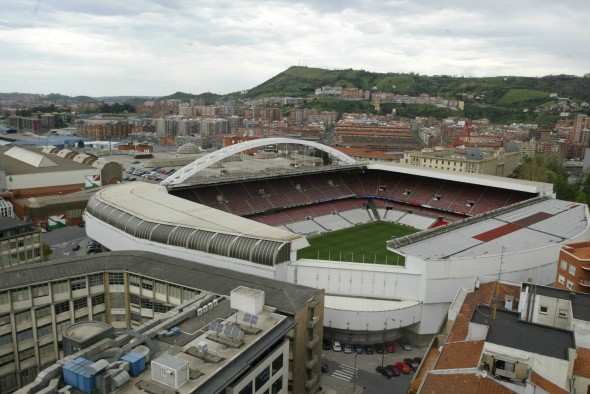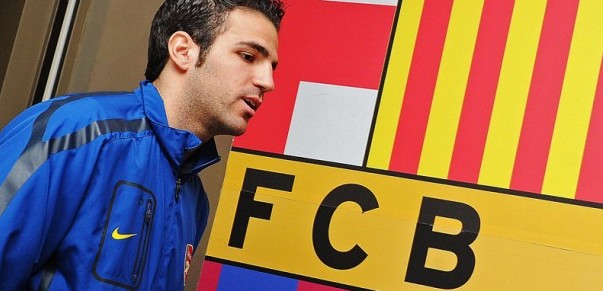- S.D. Eibar ready for maiden La Liga outing
- SD Eibar stengthen ahead of debut La Liga season
- Can ‘Super Mario’ live up to expectations in Madrid?
- MAN IN THE GROUND – Brentford 0 – 4 Osasuna
- Historic Basque derby welcomes S.D. Eibar to La Liga
- Munich to Madrid, via Brazil – Tony Kroos
- Rakitic in Spanish Switch
- Can Spain find redemption in Rio?
- Viva Espana! A season of redemption for Spanish football
- From the old to the new: who can fill the void in years to come for La Roja?
BULL RUNS AND BALLS – Introducing CA Osasuna
- Updated: 26 July, 2011
By Richard Thorburn
To a casual follower of Spanish football, CA Osasuna are the equivalent of that group of countries that your eccentric old uncle is about to adventure to this summer.
You know they are out there; you have heard them occasionally mentioned in the media, but when push comes to shove you could write everything you know about them on the back of a postage stamp.
Fear not my friends, here is a bluffers guide to the team from Navarra.
To begin with, let’s just clarify that name. Osasuna is not actually a town or a city, the club are in fact based in the industrial town of Pamplona and the name roughly translates as ‘health’ in the local Basque tongue.
Located in Northern Spain, Pamplona sits just south of Bilbao, and is probably more famous for it’s annual bull-run in which foreign tourists risk life and limb each year attempting to out run huge bovines, who are probably more scared than those ‘enthisiasts’ who run around the ancient streets of the city fleeing them.
But in Pamplona Osasuna originate, and they play their home games at the Estadio Reyno de Navarra which has a capacity of just in advance of 19,500 spectators.
And so to a brief history lesson of Los Rojillos – the little red ones.
They were founded in 1920 and for the first 60 years of their football career regularly yo-yoed between the second and third divisions of Spanish football.
It wasn’t until the 1980’s that they finally gained some form of stability, planting themselves firmly in the first division after promotion in the 1979/80 season.
Osasuna remained a constant fixture in the top flight for 14 consecutive seasons, consistently finding themselves placed in a mid table position.
That sustained stay in the primera division ended however, when they were relegated in 1994, and for several seasons Osasuna’s trip to the top table of Spanish football looked to be over for good.
Flirting with what would have been a terminal relegation to the third division, the club battled for numerous seasons to maintain their Segunda status, before magnificently securing promotion in 2000 to return to play among Spain’s best.
It is a party in which they have been a permanent fixture since that promotion.
Many will remember the fourth place finish in 2005/2006 season, which saw them qualify for the UEFA Champions League. They went on to lose in the third qualifying round to Hamburg, it was still a remarkable achievement for a club of their stature. In fact the semi final appearance they made in the UEFA Cup, following elimination from the main European competition, was a reflection of the massive progress that the club had made.
While even the most optimistic Osasuna fan would have laughed at the suggestion of that season’s success being repeated every year, it was at least hoped that it would provide a springboard for gradual progression and continued European football.
Sadly however this has not been the case and the club have reverted back to their mid table finishes of old, eventually finishing ninth last season.
What this campaign has in store for Osasuna is anybody’s guess.
Priced at 2000/1 to win the league, it is unlikely that Messrs Guardiola or Mourinho will have much to worry about just yet.
Having lost key defender Nacho Monreal to cash rich Malaga this summer, the feeling is that for manager Jose Luis Mendiliba that mid table finish might seem attractive after all.







You must be logged in to post a comment Login